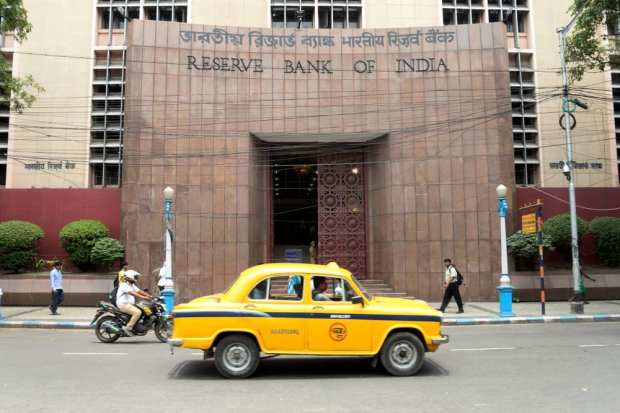India’s Shadow Banks See Foreign Loans Tumble

India’s shadow banks are struggling as defaults in the country’s credit market have risen.
These lenders have signed $1.5 billion of foreign-currency loans so far this year, down from $2 billion in the same period last year, according to data compiled by Bloomberg. In addition, average margins rose to a three-year high of 118 basis points, compared with 95 for the deals signed in the same period last year.
A report in July revealed that the circumstances have prompted calls for more regulation on worries that it could harm the country’s economic growth. There is also talk of more regulation in the industry. While the past 10 years have seen a lot of growth in the sector, one lender failed the fall, and another defaulted on its payments, which led to repercussions felt throughout the economy.
Car sales in May dropped 19 percent, and analysts say that lending restrictions are responsible for a slowdown in general spending as well. In fact, India is in the midst of its slowest economic growth in six years, with authorities scrambling to boost market confidence with measures including pushing commercial banks to purchase high-quality Non-Banking Financial Company (NBFC) assets.
The overseas borrowings by NBFCs “is pertinent to boost buffers at a time when domestic liquidity is not easy to come by for the sector,” said Ashwini Kapila, head of financial institutions group coverage at the Indian unit of Barclays Plc. “Some of these NBFCs are open to paying a premium to get this liquidity.”
In the meantime, at least eight shadow banks including Bajaj Finance Ltd., L&T Finance Ltd. and Mahindra & Mahindra Financial Ltd., are looking for about $1.6 billion in offshore loan facilities.
While the rise in defaults and rating cuts have hindered the sector’s reputation, bankers are “explaining to global investors that not all NBFCs can be painted with the same brush,” Kapila said.
